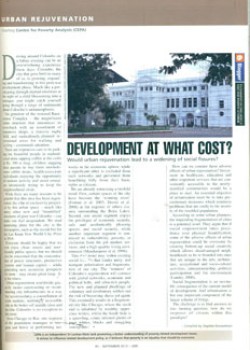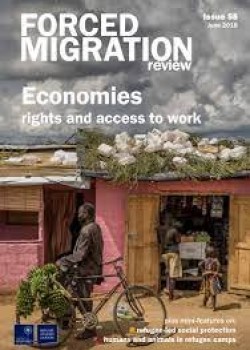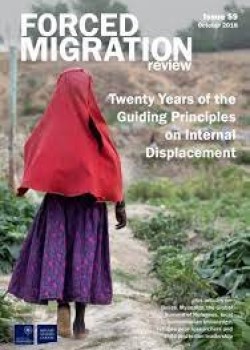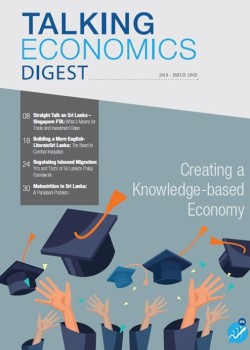
Lanka Monthly Digest (LMD)
Development at What Cost (Centre for Poverty Analysis)
Compiler / Translator: Gunasekara, V.
Publisher: Media Services (Pvt.) Ltd
Place of Publish: Sri Lanka, Colombo
Year: 2013
Series: 13-Sep
Acc. No: 74-J
Category: Journals
Languages: English
Taking a drive through the roads of Colombo, one can observe the growing, expanding and transforming image of the capital city, as a result of post-war development. An example of such development under the project ‘Beautification of Colombo,’ undertaken by the Urban Development Authority (UDA), is the newly restored Colombo racecourse complex, which is a magnificent white structure consisting of expensive shops, a rugby ground and recreation park for cycling or walking. Many more similar places are coming up in and around the city as well. While all this bodes well in terms of cleaner streets, better public spaces and mainstream facilities, it also brings us to the question of how many in society reap benefits from such regenerations. As is now seen in Colombo and many other prominent cities worldwide, it is the niche market pockets that thrive in these situations, whilst a significant segment of the population is excluded from such networks. How can we counter such adverse effects of urban rejuvenation?
This article highlights some key factors that may widen the social disparities due to urban development and beautification programmes.
Even though urban regeneration facilitates constructing or reconstructing city infrastructure, the benefits are mostly harvested by the middle class or the elite while the less privileged are prevented from enjoying any benefits. If economic development could lead to greater inequality, there has to be a mechanism to minimize these adverse effects. This article therefore, raises some concerns related to empowering all citizens within this paradigm.
The article is a publication by the Centre for Poverty Analysis (CEPA).



